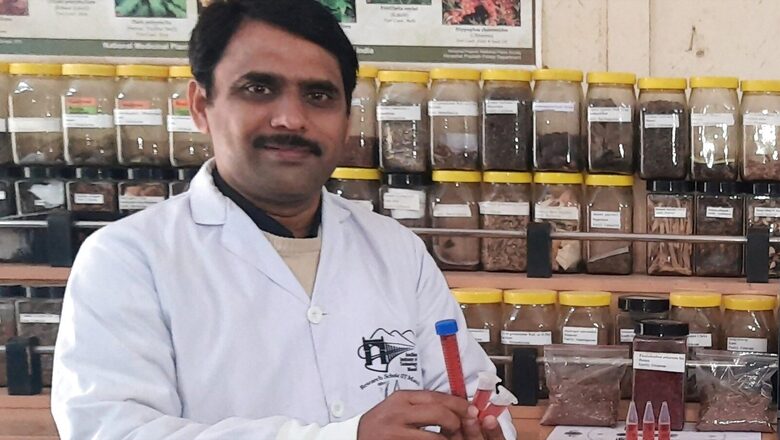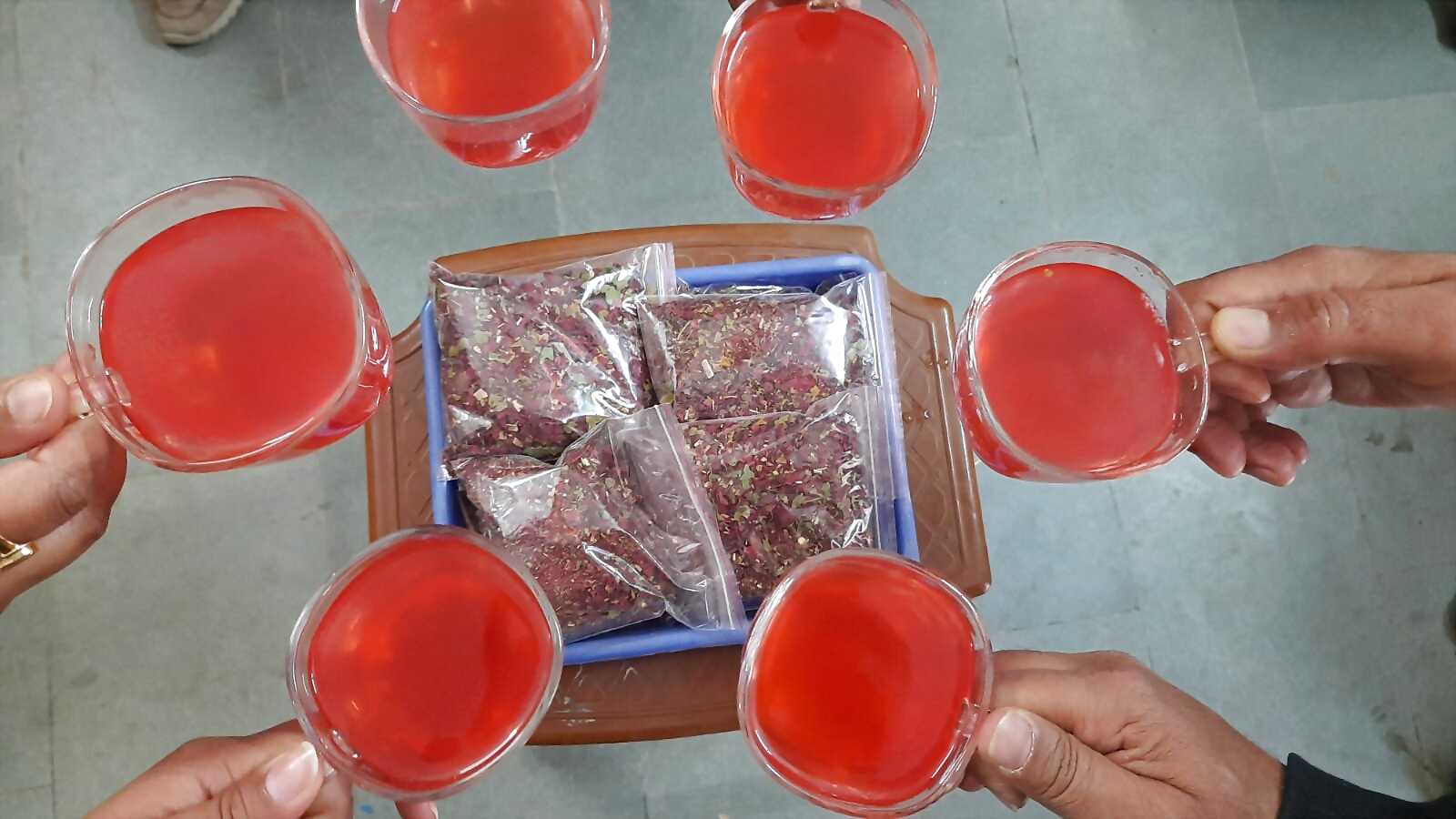
views
Researchers from the Indian Institute of Technology (IIT) Mandi and The International Centre for Genetic Engineering and Biotechnology (ICGEB), New Delhi, have identified Phytochemicals in the petals of a Himalayan plant that could potentially be used to treat COVID-19 infections.
Hot water extracts from these petals were found to be rich in quinic acid and its derivatives. Molecular dynamics studies showed that these phytochemicals have two kinds of effects against the virus. They bound to the main protease – an enzyme that plays an important role in viral replication – and to the Human Angiotensin-Converting Enzyme-2 (ACE2) that mediates viral entry into the host cells.
The researchers also showed through experimental assays that non-toxic doses of the petal extracts can inhibit COVID infection in Vero E6 cells (cells derived from the kidney of an African green monkey that is commonly used to study infectivity of virus and bacteria), without any adverse effects on the cells themselves.
Read | IIT Bombay Student Jumps From 7th Floor, Kills Self
The petals of the Himalayan Buransh plant, scientifically called Rhododendron arboreum, are consumed in various forms by the local population for their varied health benefits. The scientists from IIT Mandi and ICGEB set out to scientifically test the extracts containing various phytochemicals in it, with a particular focus on antiviral activity. The researchers extracted the phytochemicals from the Buransh petals and performed biochemical assays and computational simulation studies to understand its antiviral properties.

The findings of the research team have been recently published in the journal ‘Biomolecular Structure and Dynamics’. The research team also plans to carry out additional studies to understand the precise mechanism of inhibition of COVID-19 replication by specific phytochemicals from Buransh petals.
Dr Shyam Kumar Masakapalli, Associate Professor, BioX Centre, School of Basic Science, IIT Mandi, says, “Among the different types of therapeutic agents being studied, phytochemicals – chemicals derived from plants – are considered particularly promising because of their synergistic activity and natural source with fewer toxicity issues. We are hunting for promising molecules from the Himalayan flora using multi-disciplinary approaches”
Dr Ranjan Nanda, Translational Health Group, International Centre for Genetic Engineering and Biotechnology, New Delhi, says, “We have profiled and investigated the phytochemicals of Rhododendron arboreum petals sourced from Himalayan flora and have found it to be a promising candidate against the COVID virus.”
Dr Sujatha Sunil, Vector Borne Disease Group, International Centre for Genetic Engineering and Biotechnology, New Delhi, says, “A combination of the phytochemical profiling, computer simulations and in vitro anti-viral assays showed that the extracts from the Buransh petals inhibited the replication of the COVID-19 virus in a dose-dependent manner.”
The research was led by Dr Shyam Kumar Masakapalli, Associate Professor, BioX Centre, School of Basic Science, IIT Mandi and Dr Ranjan Nanda, Translational Health Group and Dr Sujatha Sunil, Vector-Borne Disease Group, International Centre for Genetic Engineering and Biotechnology, New Delhi. The paper has been co-authored by Dr Maneesh Lingwan, Ms Shagun Shagun, Ms Falak Pahwa, Mr Ankit Kumar, Mr Dileep Kumar Verma, Mr Yogesh Pant, Mr Lingarao V. K. Kamatam and Ms. Bandna Kumari.
Read all the Latest Education News here


















Comments
0 comment